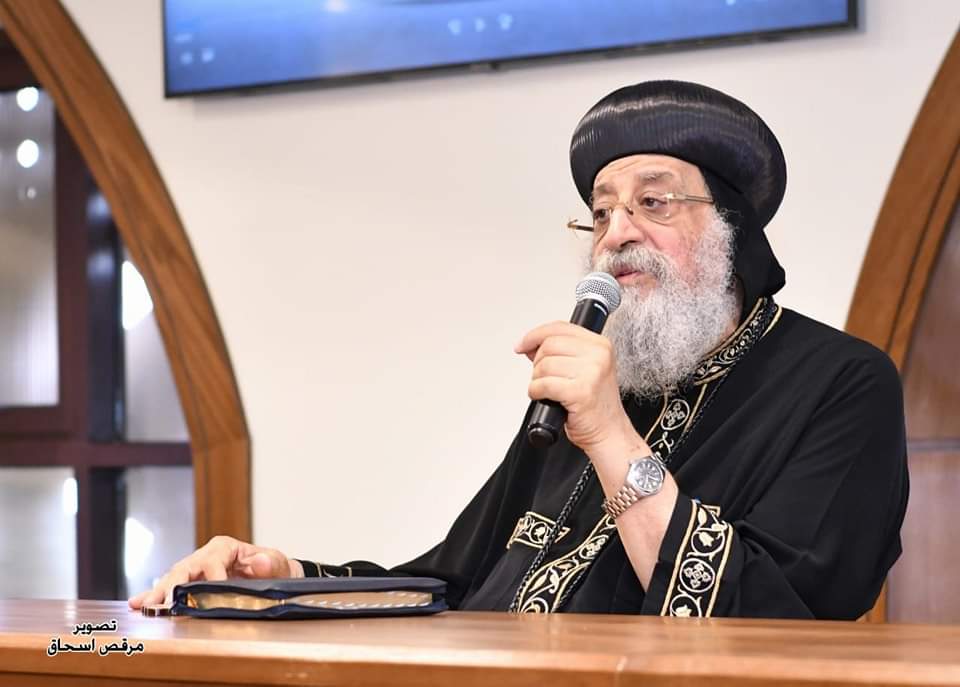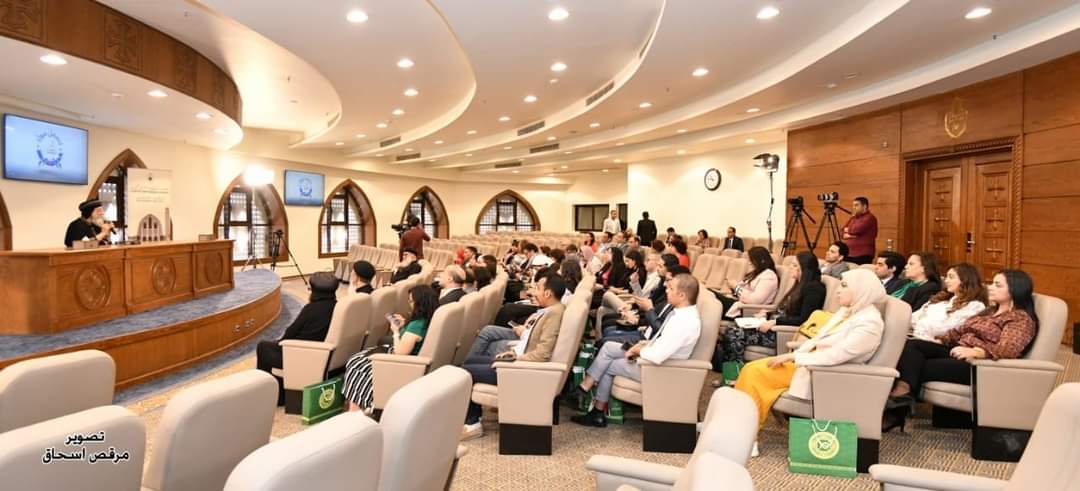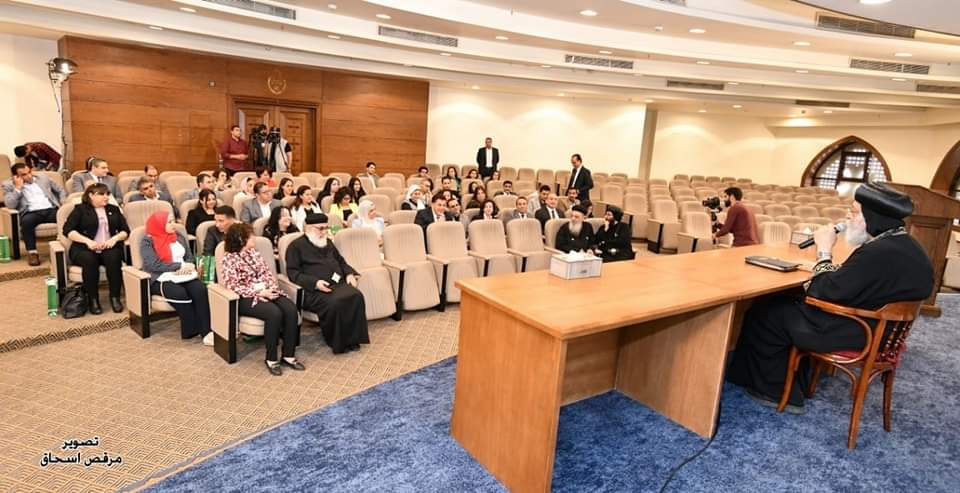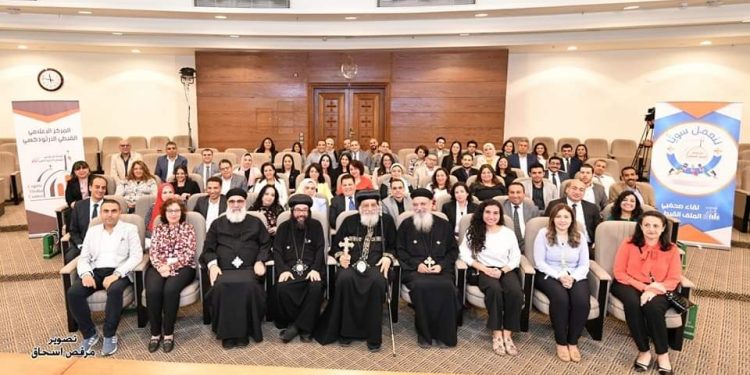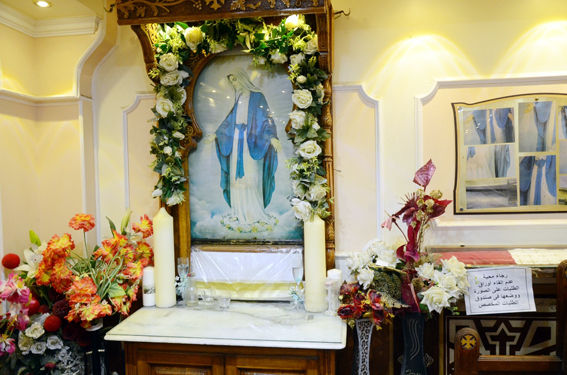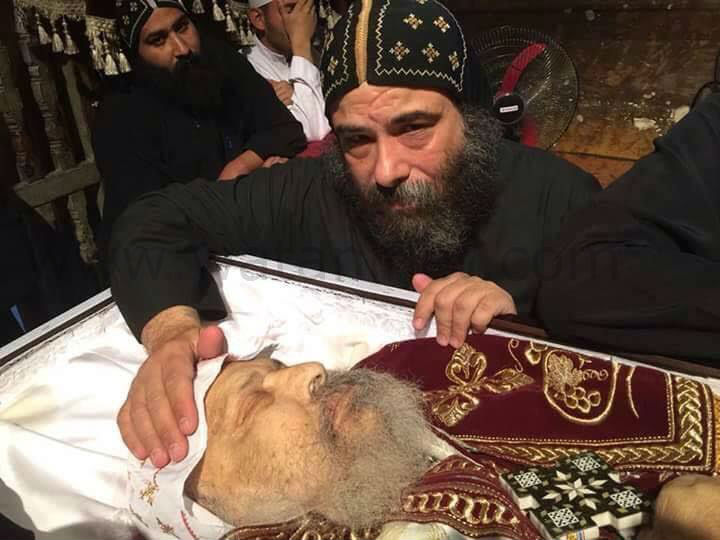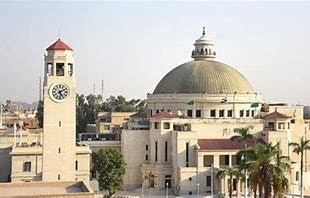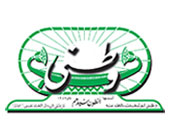On Saturday 29 April, Pope Tawadros II received media and press reporters in charge of reporting on the Coptic file. The amicable gathering held at the papal headquarters in Abbasiya was organised by the media centre of the Coptic Orthodox Church under the title “Let’s work together”.
Pope Tawadros gave a word in which, following a warm greeting to the attendants, he offered them a briefing on the history and main features of the Coptic Church. Naturally, reporters working on the Coptic file are not all Copts, thus the briefing on the Coptic Church was well called for.
People institution
Pope Tawadros said that the Coptic Orthodox Church is the oldest public institution in Egypt; it was founded in Alexandria by St Mark who was martyred there in 68AD, and is considered the first patriarch in Egypt’s Church. St Mark was one of Christ’s followers; he also visited Rome and wrote his gospel which essentially addressed the Romans; “gospel” meaning “the good news”.
St Mark, the Pope said, entered Alexandria with a cross reflecting the strong faith he carried inside him, and a rod denoting the spectre which in turn represents care and concern [In the civil sense, the spectre represents power, but in the Church it represents the care by the shepherd for Christ’s flock]. Once St Mark arrived in Alexandria, he went to Anianos the cobbler to have his footwear repaired; Anianos became the first to accept the Christian faith in Egypt, and through him, Christianity started its spread through the country.
The Pope gave a few interesting tips about various Coptic patriarchs and periods; the longest period for a pope on St Mark’s throne was Pope Kyrillos V’s: over 52 years in 1874 – 1927.
Christianity spread in the world through five hubs, Pope Tawadros noted. These are: Jerusalem, Alexandria, Antioch, Rome, and Constantinople. The Church in Egypt has lived through three stages so far: first was an era of learning, then came the age of martyrdom, and the third was that of monasticism. He explained shortly to his guests what monasticism is about.
The Pope said that Coptic clergy of today, who are attired in black, are part of the congregation forming the Church built on Jesus Christ Himself. The Church, he said again, is first and foremost a people institution.
Number of Copts
Pope Tawadros described the Church as the daughter and servant of the homeland; however it does not do politics, he said. “We serve the country away from politics, so we reject the establishment of any political party affiliated with the church. As for voting in elections or participating in drafting the Constitution [which the Church did in 2014], these are national patriotic roles, not political ones. The Church serves the community through building churches and hospitals, and through adopting social and service initiatives.”
The Pope said that Christians in Egypt number some 15 million, and that there are close to another two million Copts in the diaspora which extends over 100 countries around the world. Today, the Pope said, there are 500 Coptic Orthodox churches and 10 monasteries and convents in the diaspora, served by 600 bishops, priests and monks.
The Coptic Church started outside Egypt in Kuwait in 1962, followed by Canada in 1964, the US in 1968, Australia 1969 and the UK 1971. These were the five main seeds that grew and branched into the rest of the world.
Among the most recent churches in the diaspora, the Pope said, was one in Moscow, offered to the Copts by the Russian Orthodox Church to serve the Coptic congregation there; that church is now being prepared for use by the Copts. He said there were some 1600 Copts, mostly students, living in Russia. Earlier, he said, the Coptic Church had offered its sister Russian Church a church in Giza in which to conduct its worship.
Today, the Pope said, the Church builds hospitals and schools in some countries of the diaspora. The Church has established the largest hospital for the treatment of AIDS in Kenya, he informed.
Woe to spreaders of rumour
Pope Tawadros then addressed reporters in their professional capacity. He warned against those who spread rumours, and against a media that departs from the facts and does not substantiate claims. He mentioned a verse from the Bible Book of Isaiah: “Woe unto them that call evil good, and good evil; that put darkness for light, and light for darkness; that put bitter for sweet, and sweet for bitter.” (Isaiah 5:20).
The Pope advised reporters to work on nurturing a critical mind able to differentiate between facts and false news. In the same context, the Pope hinted that he does not preoccupy himself with falsities or rumours.
During the gathering, the Pope also talked about a number of current issues. He described the situation in Sudan as the “worst crisis”, and said that he is praying for God to save Sudan from this great crisis. He also mentioned the current crisis of the Eritrean Church, explaining that the Coptic Orthodox Church is a mother Church and that it extends its hands to sister Churches in crisis, as it intervened in case of the Eritrean Church.
Commenting on the Russia Ukraine war, the Pope described it as a war of which no good will come; “it is a war between countries and not between Churches,” he said.
Pope Tawadros commented on the recent remarkable opening-up of Saudi Arabia which had in the past been famous for ultra-conservatism. In more than one occasion, he said, Saudi Arabia has allowed Copts to celebrate Holy Mass inside halls of hotels [given that there are no churches in Saudi Arabia]. The most recent celebration of Mass was on Coptic Christmas Eve, 6 January, by Anba Marcos, Metropolitan of Shubral-Kheima.
Visit of love
Pope Tawadros talked of his upcoming visit to the Vatican in Rome, which he described as a “visit of brotherly love”. He said that he will be in the Vatican during 10 – 12 May; he will be accompanied by 10 members of the clergy. The Pope said that he is scheduled to give a word during Pope Francis’s Wednesday general audience at St Peter’s Square, to mark 50 years on Pope Shenouda III’s visit to Vatican in 1973. That was the first meeting between Roman and Coptic prelates since the great schism at Chalcedon in 451.
No topics will be discussed during the visit to the Vatican, and no agreements or documents will be signed, Pope Tawadros told the reporters.
On 14 and 15 May, the Pope will be in Rome for a pastoral visit to the Coptic congregation. For that, the Pope said, the Catholic Church has offered us to use the Catholic Archbasilica of St John Lateran in Rome to celebrate Holy Mass with the Coptic congregation according to the Coptic Orthodox liturgy, due to the sparse spaces of the Coptic churches in Rome. “We thank the Catholic Church for their love,” Pope Tawadros said.
Development efforts
Anba Yulius, Bishop-General of Old Cairo Churches and the Bishopric of Public, Ecumenical and Social Services BLESS, spoke to the audience about BLESS’s vision and the development role it plays with the Church and the community. He said that BLESS conducts both charity and development work but, given the all-importance of development, it is financed thrice as much as charity. Development efforts, Anba Yulius said, go hand in hand with government efforts on that score. BLESS, he said, partners with the National Coalition and with the government’s Hayat Karima (Decent Life) Initiative, a national mega project that works holistic development in Egypt’s villages.
The Bishop also talked of BLESS’s efforts at battling illegal emigration, together with the ministries of emigration and workforce. He also expounded on efforts on various fronts such as healthcare, childcare, vocational training, small and micro projects; fighting climate change, inflation, violence against women; and promoting family planning. “We work in 60 communities of the most needy, staying with every one of them for some four years after which they can manage on their own.”
Grave responsibility
Father Boulos Halim, head of the training and conferences department with the Coptic Church’s media centre talked about the role and grave responsibility of the media in providing news and information, informing individuals, and shaping public awareness, not least among illiterate or poorly educated communities. This, he said, underscores the significance of content provided by the media which should take utmost care that this content is factual and enlightening.
Barbara Soliman, head of the Papal Bureau for Projects gave a briefing about the bureau’s 10-year work in the fields of education and health.
Ms Soliman talked of the schools offering quality education, built and operated under the name “Uyoun Misr” (Eyes of Egypt). “We have so far eight Uyoun Misr schools in Egypt, also a technical school in Burundi, a school in eastern Cairo for Sudanese children where teaching is in their language, a summer programme for teaching English to children, vocational training programmes, and a Uyoun Misr Child Creativity Centre.
Ms Soliman also shed light on Kimi healthcare programme, academy, and hospitals; Rhakoti initiative for institutional capacity; women support programmes; environmental efforts such as climate change awareness and “No to plastic bags” campaign; and St Mark charity for support of widows, fatherless children, and needy families.
Pope Tawadros opens Kimi Medical Academy, signs protocol with Royal College of Surgeons
Those in charge of the Coptic Church’s official website, Odette Riyad and Pierre George, made a presentation of the website and its different sections. The website offers its content in five languages: Arabic, English, French, Italian and Greek.
After an exchange of ideas with the reporters attending, moderated by the spokesperson of the Coptic Church Father Morqos Ibrahim, Pope Tawadros offered the attendants certificates of appreciation for their participation in the gathering, in addition to souvenirs. The attendants then took photos with the Pope.
Watani International
4 May 2023
